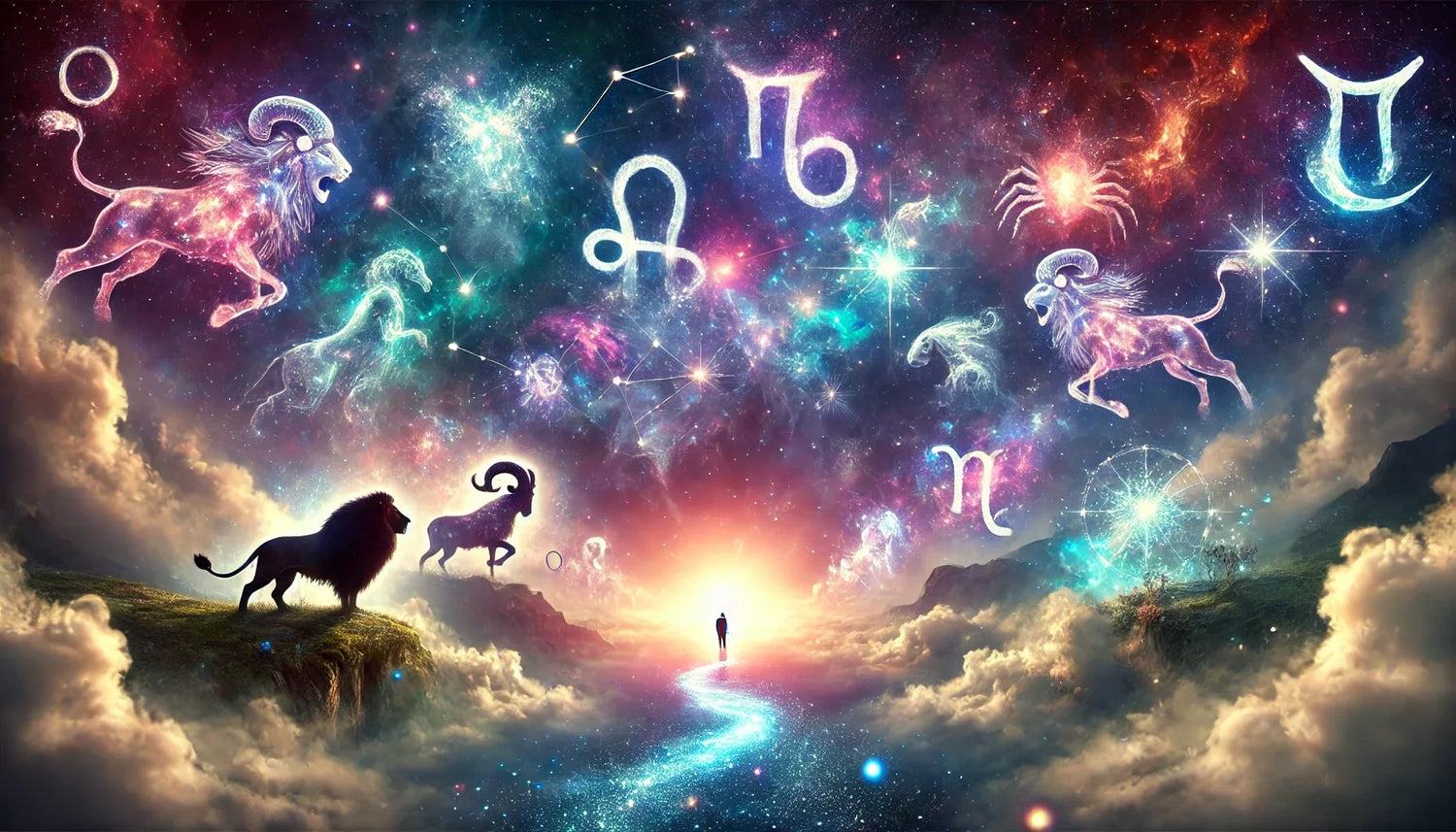The image of a witch – whether depicted as an old crone bent over a bubbling cauldron or a young woman casting spells – has been woven into the fabric of human history for centuries. The journey from ancient pagan practices to the modern 'Instagram Witch' is a fascinating one, reflecting societal attitudes towards women, spirituality, and the unknown.
Ancient Pagan Practices and Early Witches
In ancient times, the term "witch" didn't exist as we know it today. Instead, many cultures had priestesses, shamans, or wise women who practiced folk magic and herbalism. They held a respected role, often mediating between the physical and spiritual realms.
The early Druids in Celtic regions, for instance, practiced a nature-based spirituality, celebrating the solstices and equinoxes. They believed in the sacredness of all life and the power of nature's cycles. Similarly, the ancient Greeks had their own set of priestesses like the Pythia of Delphi, who served as oracles.
Middle Ages and the Witch Hunts
As Christianity grew in influence during the Middle Ages, there was a marked shift in the perception of witches. The church viewed these old pagan practices with suspicion. The wise women and herbalists of yore began to be seen as heretical and in league with the devil.
This sentiment intensified in the Early Modern period, leading to the infamous witch hunts and trials. Thousands, mainly women, were accused of witchcraft, leading to executions and widespread hysteria. This dark chapter in history was fueled by religious extremism, societal upheavals, and often, simple village disputes.
Renaissance, Enlightenment, and a New Perspective
As the Renaissance bloomed, a new interest in hermeticism, alchemy, and the Kabbalah emerged. This period saw an integration of pagan elements with Christian mysticism. With the age of Enlightenment, the era of reason, the rampant witch hunts began to decline. Science and reason became the new focus, and anything "supernatural" was viewed with skepticism.
20th Century Revival and Wicca
Fast forward to the 20th century, when the Western world saw a revival of interest in witchcraft, particularly with the establishment of Wicca. Gerald Gardner, often referred to as the father of Wicca, played a significant role in this. Wicca, with its reverence for nature, the Goddess, and the Horned God, grew in popularity.
This period also witnessed the feminist movement, which reclaimed the witch as a symbol of female empowerment. Witches, once vilified, became icons of resistance against patriarchal norms.
Enter the Digital Age and the Instagram Witch
With the advent of the internet and social media platforms in the 21st century, witchcraft and paganism saw yet another evolution. The 'Instagram Witch' phenomenon was born. These modern witches harness the power of social media to share spells, sell witchy wares, and foster communities.
The modern witch on platforms like Instagram, TikTok, and Pinterest is often characterized by aesthetic photos of crystals, tarot cards, and moon phases. They blend the old with the new, infusing ancient practices with contemporary twists. Today’s witches discuss mental health openly, blend witchcraft with self-care routines, and even use apps to track astrological shifts.
This digital evolution has also expanded the scope of what it means to be a witch. There are tech witches who incorporate technology into their practice, cosmic witches who focus on astrology, and green witches who center their craft around plants.
However, this hasn't been without its challenges. Many argue that the 'Instagram Witch' movement has commercialized and diluted the essence of the craft. Detractors feel that by making witchcraft "trendy", it reduces its depth and sanctity. On the other hand, proponents argue that it has made the craft more accessible, enabling many to find solace, empowerment, and community.
Conclusion
The modern witch, from ancient priestesses to digital influencers, has been on a long and tumultuous journey. Witches, throughout history, have mirrored the fears, aspirations, and shifts in their respective societies. Today, as they embrace both the old and the new, witches continue to enchant, challenge, and inspire. As we look to the future, it's anyone's guess how this age-old practice will continue to evolve, but one thing's for certain: the legacy of the witch is enduring and ever-evolving.



